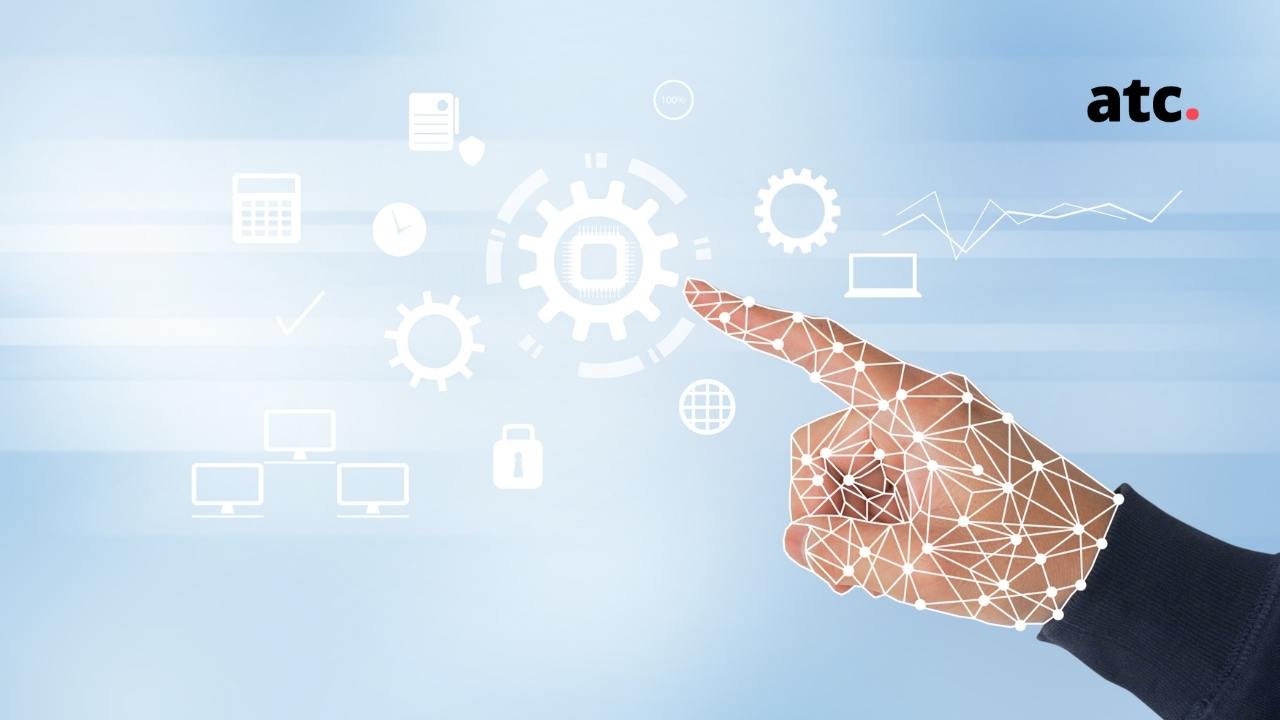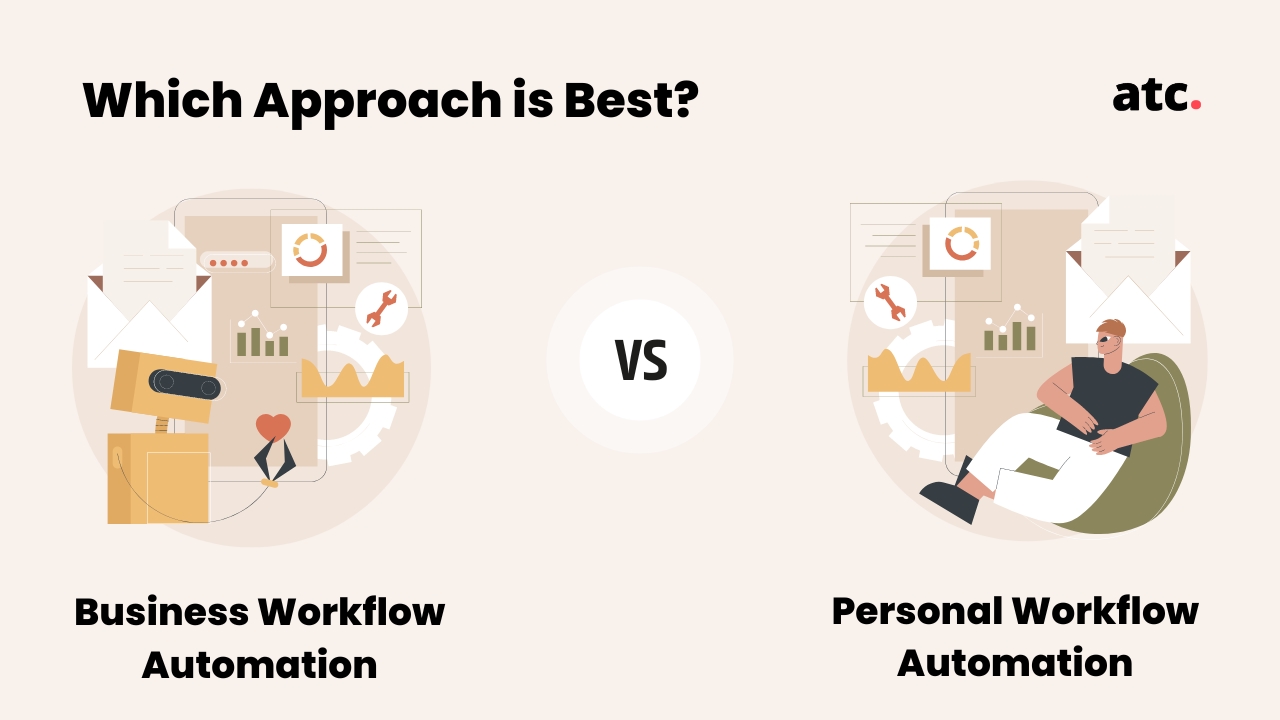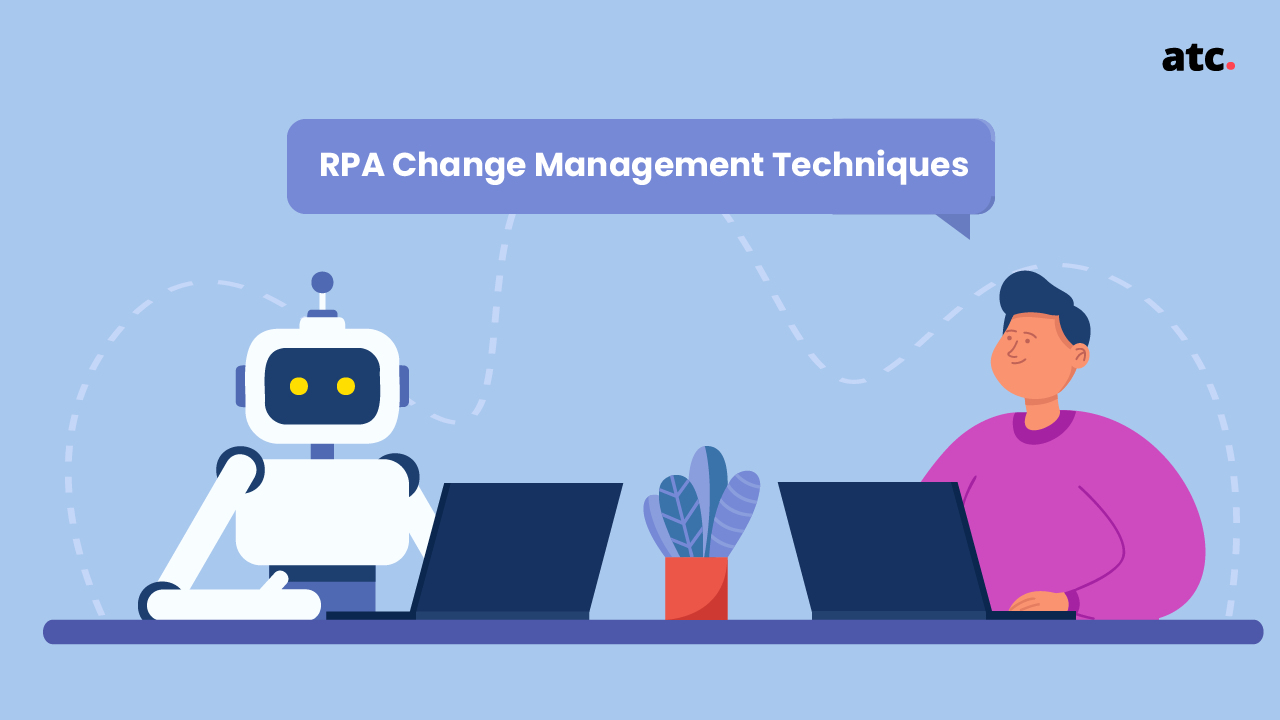Subscribe to the blog
As businesses strive for efficiency and effectiveness through the use of technology, questions about robotic process automation (RPA) naturally arise. In this blog post, we will answer some of the most commonly asked questions about this growing technology.
What is Robotic Process Automation?
Robotic process automation (RPA) is the application of technology that allows businesses to automate repetitive, rules-based tasks. RPA can be used to improve efficiency and productivity in any number of business processes, including data entry, order processing, invoicing, claims processing, and more.
How is Robotic Process Automation Different from Traditional Automation?
RPA is a form of automation that uses software to mimic the actions of a human user. This can include tasks such as data entry, form filling, and repetitive clicks. Unlike traditional automation tools, RPA does not require any coding or special skills to use. This makes it ideal for businesses that want to automate simple, manual tasks without the need for expensive custom solutions.
One key difference between RPA and traditional automation is that RPA can be used to automate tasks across multiple applications. This means that a single RPA bot can be used to handle tasks that would normally require multiple human users. For example, an RPA bot could be used to fill out forms on a website, update a database, and generate reports—all without the need for human intervention.
Another key difference is that RPA bots can be trained to make decisions. This means that they can be used to handle more complex tasks that require some level of judgment. For instance, an RPA bot could be used to review invoices and flag any that are inaccurate. This would save a human user from having to manually check each invoice, which would be both time-consuming and prone to error.
What are some industrial applications of RPA?
1. Data entry tasks in various industries, including healthcare, finance, and retail.
2. In the healthcare industry, RPA can be used to streamline administrative tasks, such as insurance claims processing and patient records management.
3. In the finance sector, RPA can be employed for tasks such as financial analysis, fraud detection, and compliance monitoring.
4. Retail companies can use RPA to automate tasks such as customer service, order processing, and inventory management.
5. Other industrial applications of RPA include human resources, manufacturing, and logistics.
What is the lifecycle of RPA?
The lifecycle of RPA is simple. It starts with the identification of a process that can be automated. Once the process is identified, the next step is to determine what software can be used to automate it. After that, the software is configured and tested to ensure that it works as intended. Finally, the automation is deployed and monitored to ensure that it continues to work as expected over time.
The RPA lifecycle is designed to be iterative so that new processes can be added and existing ones can be modified as needed. This allows businesses to keep their RPA solutions up-to-date with the latest changes in their environment. Additionally, the RPA lifecycle includes a built-in mechanism for handling exceptions. This allows businesses to automatically correct errors that occur during automation so that they do not have to manually intervene.
What is the relationship between RPA & AI?
RPA is the technology that enables organizations to automate business processes with the help of software robots. AI or Artificial Intelligence, on the other hand, is a branch of computer science that deals with the creation of intelligent agents, which are systems that can reason, learn, and act autonomously.
While RPA can be used to automate simple, repetitive tasks, AI can be used to automate more complex tasks that require human intelligence, such as decision-making, natural language processing, and pattern recognition. In general, RPA is used to automate low-level tasks while AI is used to automate high-level tasks. However, there is a growing trend of using AI to power RPA bots, which are capable of automating more complex tasks.
Thus, the relationship between RPA and AI can be described as complementary, where each technology is used to automate different kinds of tasks. Together, they can help organizations achieve greater efficiency and productivity.
There's no doubt that automating business processes can save organizations time and money. But does it have to come at the expense of human jobs?
Absolutely not. In fact, automating certain tasks can actually free up humans to do more important work. For example, if a company automates its payroll process, its employees can spend more time on tasks that directly contribute to the company's bottom line, such as sales and customer service.
So why automate business processes? The simple answer is to save time and improve efficiency. But there are other benefits as well, such as reducing errors, improving compliance with regulations, and increasing transparency and accountability.
Ultimately, automation should be seen as a tool to help humans be more productive, not as a replacement for them. When used correctly, it can lead to a more efficient and effective workplace.




